1lumen selects and reviews products personally. We may earn affiliate commissions through our links, which help support our testing.
Sofirn LT1s review: lantern
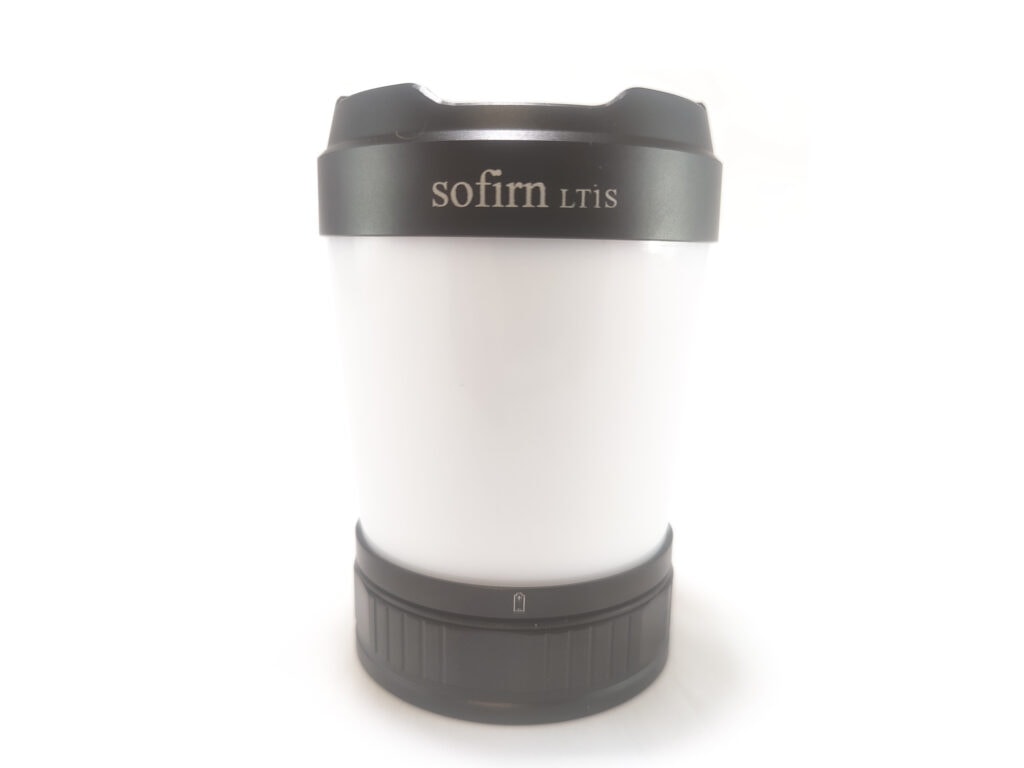
Sofirn LT1s specifications
| Brand & Model | Sofirn LT1s |
|---|---|
| Flashlight category | Camping lantern |
| LED | 36x CSP1919 and 4 red LED (6000k-2700k) |
| Max. output | 500 lumens |
| Max. beam distance | 18 meters |
| Max. beam intensity | 81 cd (Reverse engineered) |
| Battery config. | 1*21700 |
| Onboard charging | USB-C |
| Modes | 4 |
| Blinkies | Red Strobe / Red SOS |
| Waterproof | IPX8 |
| Review publication date | November 2022 |
Introduction:
Having owned the Sofirn BLF-LT1 and absolutely loving it, I was unsure if another lantern would change my mind about which takes the cake for me. After all, this is lacking the venerable Anduril 2 that comes on the LT1 and the battery support is only 25% of its much larger predecessor. Let’s get down to the nitty gritty and see if this underdog can fight with the champ or if it gets knocked down in the first.
Package quality.
If you were looking for something to write home about, this is not it. Sure, it does the job. The light is protected and all of the items inside are separated. Now, this is not to say that the packaging is bad or subpar. It is the same standard fair that Sofirn uses for all of their larger lights (at least the ones that I have seen). I feel like there could have been some improvements in this department. As a matter of fact, all I do see on the box is an Amazon label. Now granted, there is a slight possibility that the boxes sent through Amazon and the ones sent from Sofirn themselves might be different
- Sofirn LT1s
- Battery (isolated in the light)
- Spare o-rings
- Manual
- USB-C charging cable
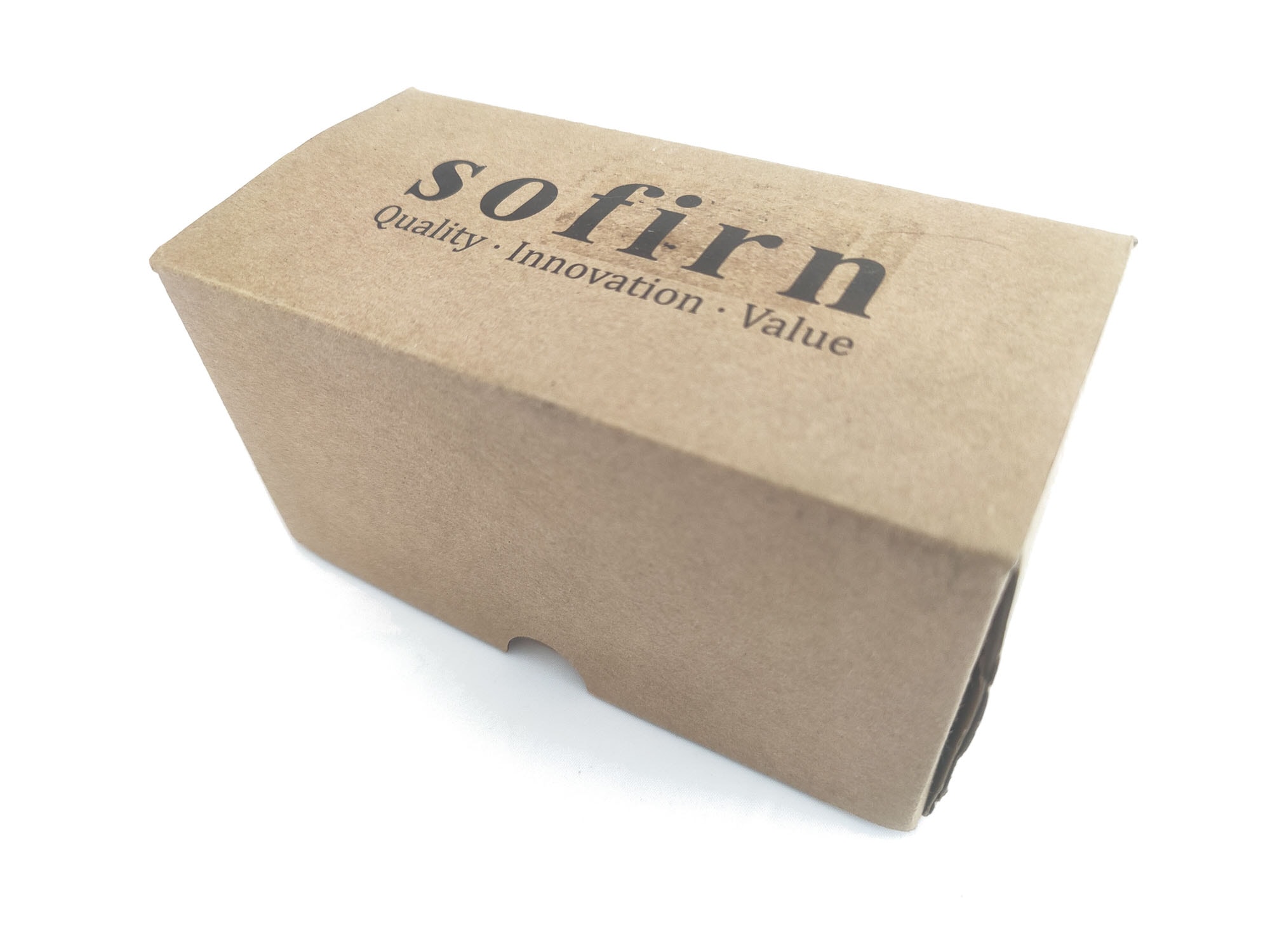
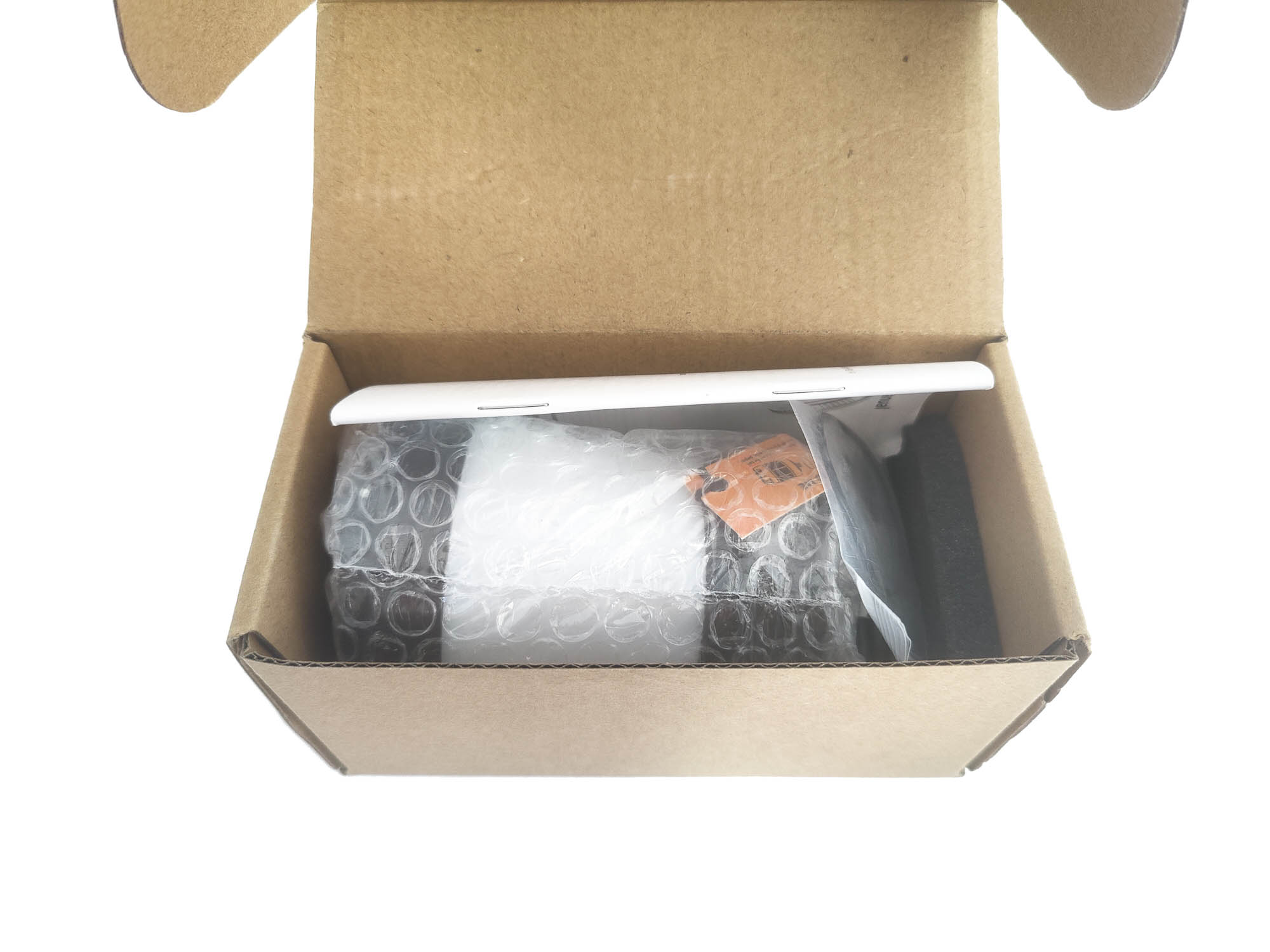
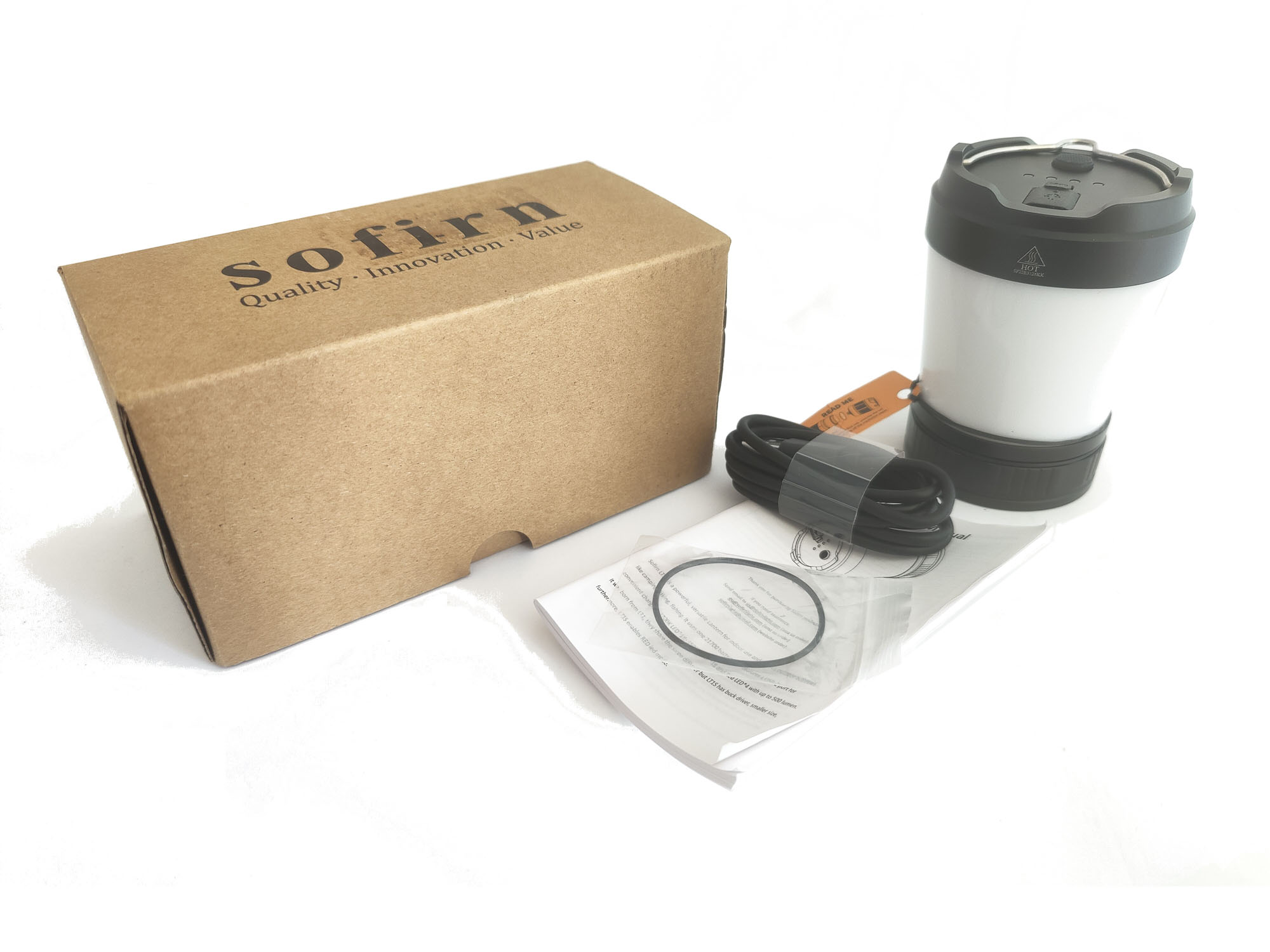
Flashlight in use
Being a lantern, this definitely does not, nor is it intended to fit in your pocket. Yes, it is smaller than the LT1, by about half. As a result, it does fit nicely into the palm of your hand. It sits in between your thumb and the rest of your fingers as if you’re holding a tapered soda can. Since the LT1s doesn’t sit very tall, you don’t have to worry about it tipping over while tail standing. A large flat base is more than enough security that it will stay put and not roll anywhere.
If you choose to not use its base, there is also a metal hanger that sticks through the top and folds to either side. The metal is quite thick for such a small light and even after pulling with WAY too much force, it didn’t move in any manner it wasn’t designed for. Near the hanger are the charging port and e-switch, both placed on top so moving the light isn’t even a requirement to charge or turn it on. These choices are an easy task to accomplish as the switch and charging port are given access by grooves cut into the head. Unlike some other lanterns, Sofirn opted out of using a standard ¼-20 thread for tripod mounting, although I think it would have been a welcomed addition.

Build Quality, and Warranty
The body of the LT1s is void of all knurling. The only “intricate” cuts that are shown on the light at all are some shallow grooves on the base and the cut-outs mentioned earlier for the metal hanger and access for the charging port and e-switch. All of these cuts are made in 6061 aircraft-grade aluminum that is covered in a type 3 hard anodized coating. There is a very low sheen to this coating and it feels slightly on the thin side, while there is no evidence of uneven coating or wear spots.
The base is removable and allows you to change out the battery. The spring in the base is quite stiff though and because of this, can cause the threads to feel gritty. They are wide and the spring causes unbalanced pressure, so please be careful in making sure your threads are lined up before continuing to tighten. If there is any legitimate issue with yours, Sofirn lists a 1 year warranty on all of their lighting and 6 months on the battery should you need it.
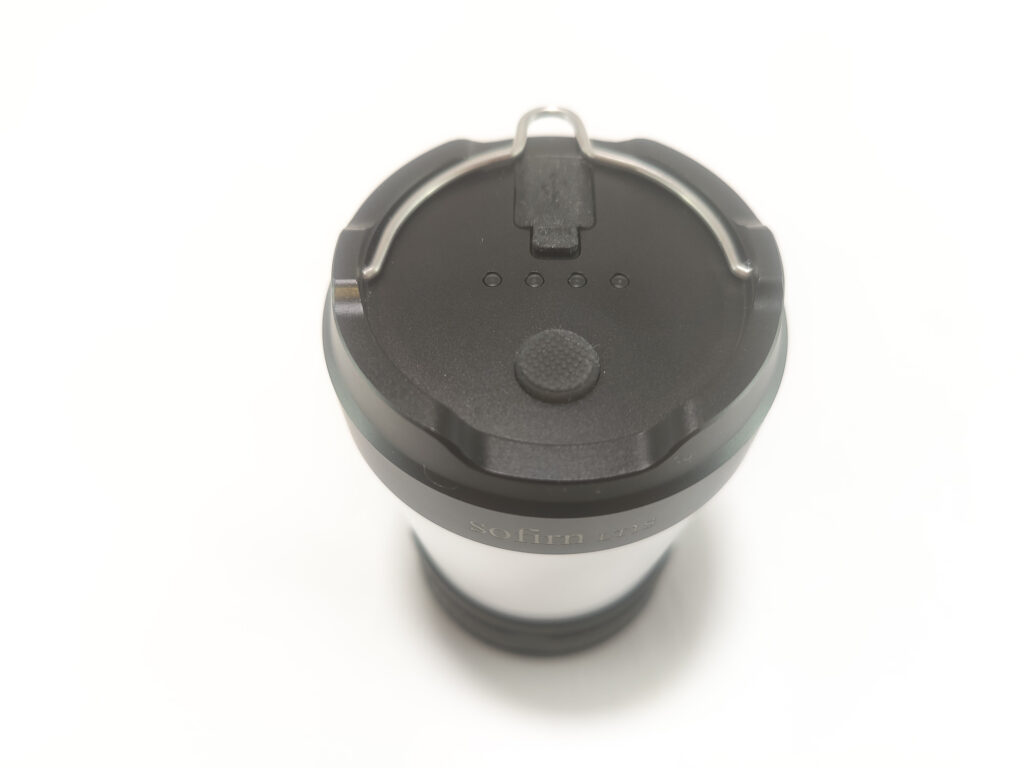
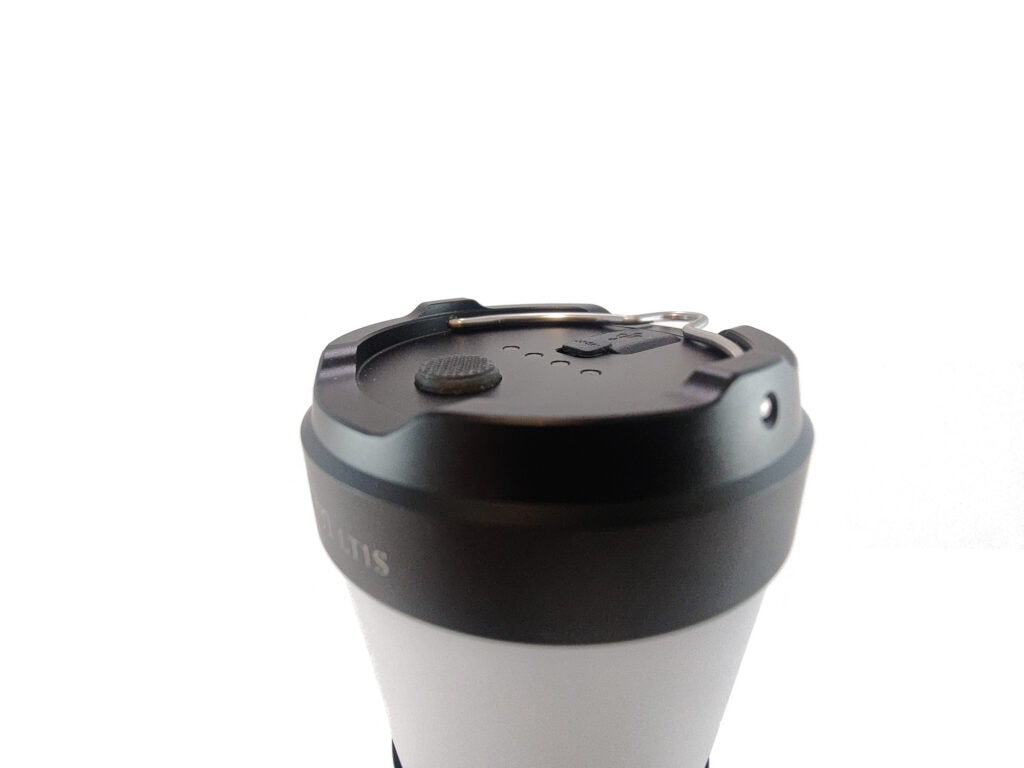
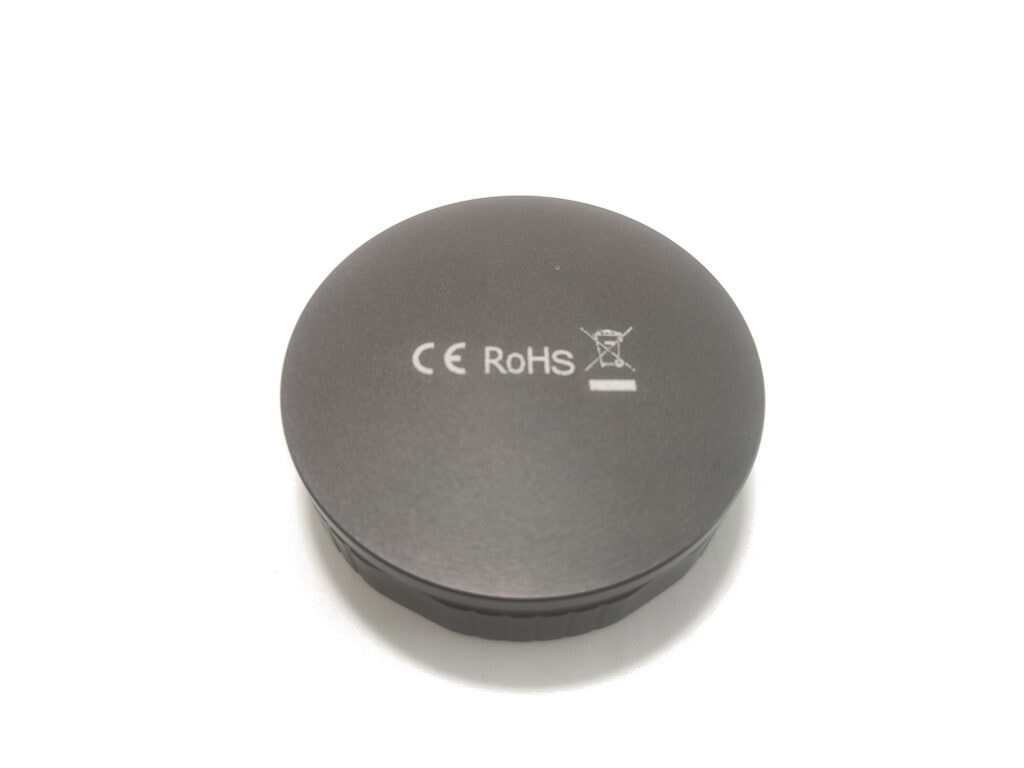
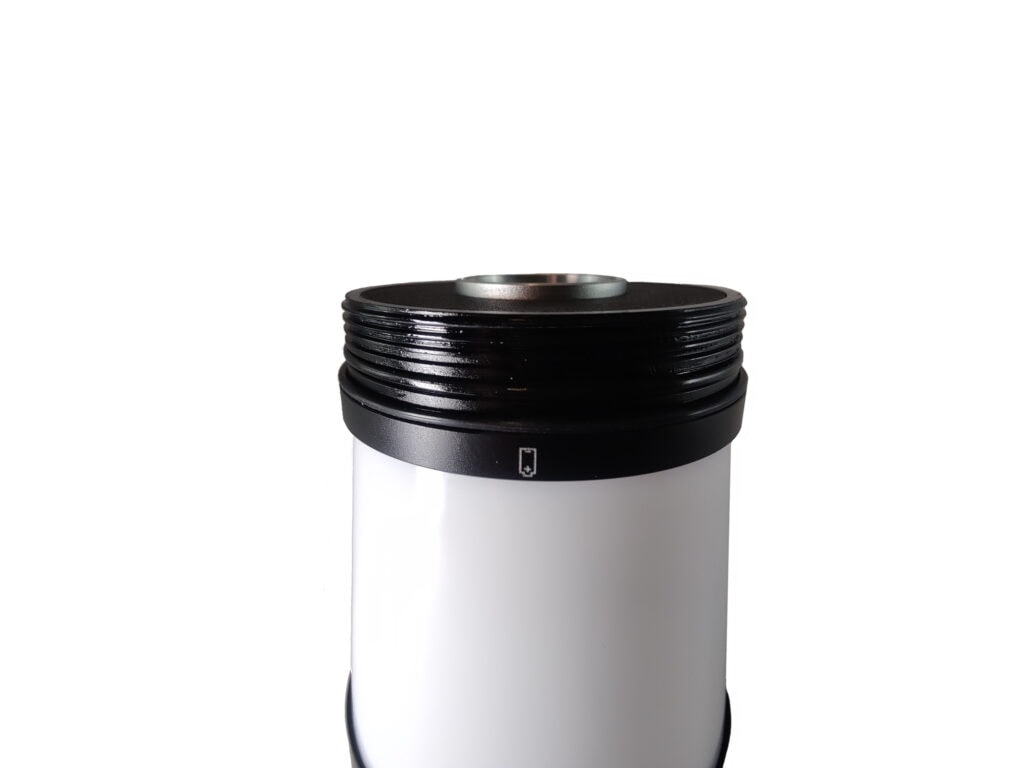
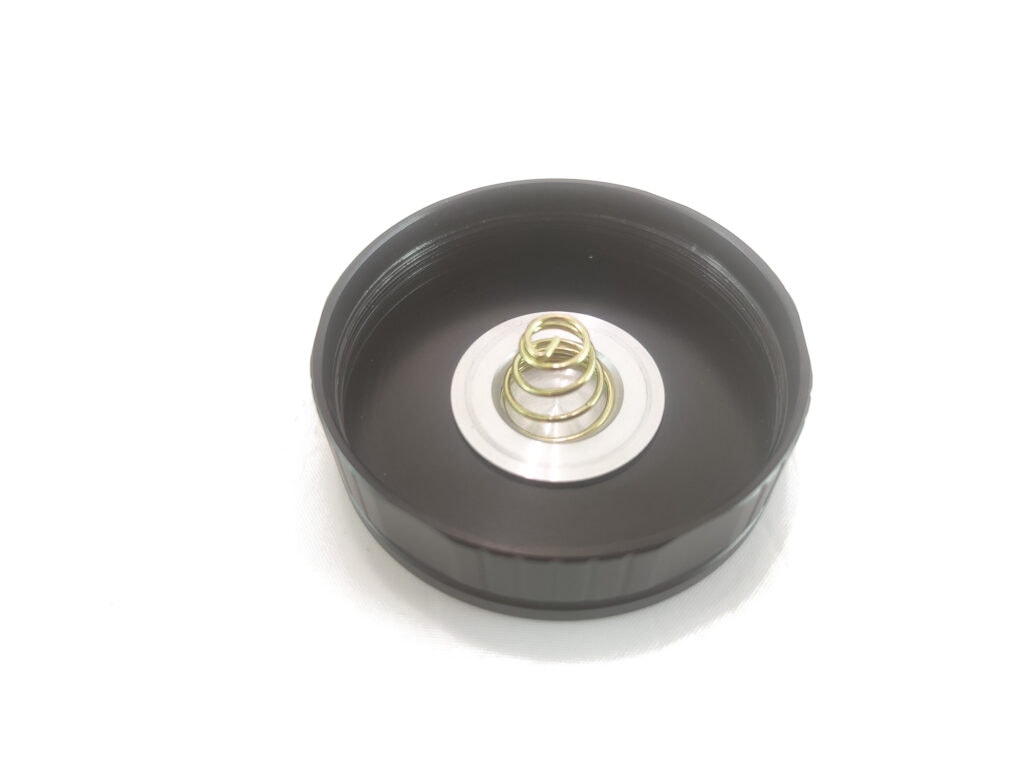
LED, Lens, Bezel, Beam, and Reflector
Unless you completely dismantle and tear into the body of this, you’re not going to see anything that isn’t hidden behind a diffusion layer. Since it is a diffused lantern, you don’t have a beam pattern or reflectors to worry about either. What you get instead is a soft glow, emanating from a centralized point and nothing more.
Sure the LT1s has multiple levels of brightness and different color temperatures. But not having to worry about the distance or beam profiles and just enjoying useful illumination is something hard to describe. Just turn it on and go. and here, that is thanks to a whole gob of LEDs. 40 of them to be precise (Well, 44 if you include the battery indicator).
36 of these LEDs are CSP1919 emitters and split between 6000k and 2700k temps, to give you tint shift capabilities to meet you at a very cool white, a nice warm light or anywhere in between. There is also a third option. Should you need them in an emergency or what have you, there are also 4 red LEDs that seem too bright for their own good. No information was given on what type of LEDs these are, but I can tell you that they are bright. The color is nearest to “rose”, according to a color wheel I have. Filling a room that is completely black, if I am frank, reminds me of a horror movie in which the protagonist is going to have a bad encounter in a dark room (room for film development).
I have included indoor shots of each of the extremes and the red temperature. Finally, using my camera phone (my youngest child found and threw my Opple Lightmaster Pro), there is some PWM visible in lower modes, especially moonlight, but seems to disappear once you start ramping up the brightness.
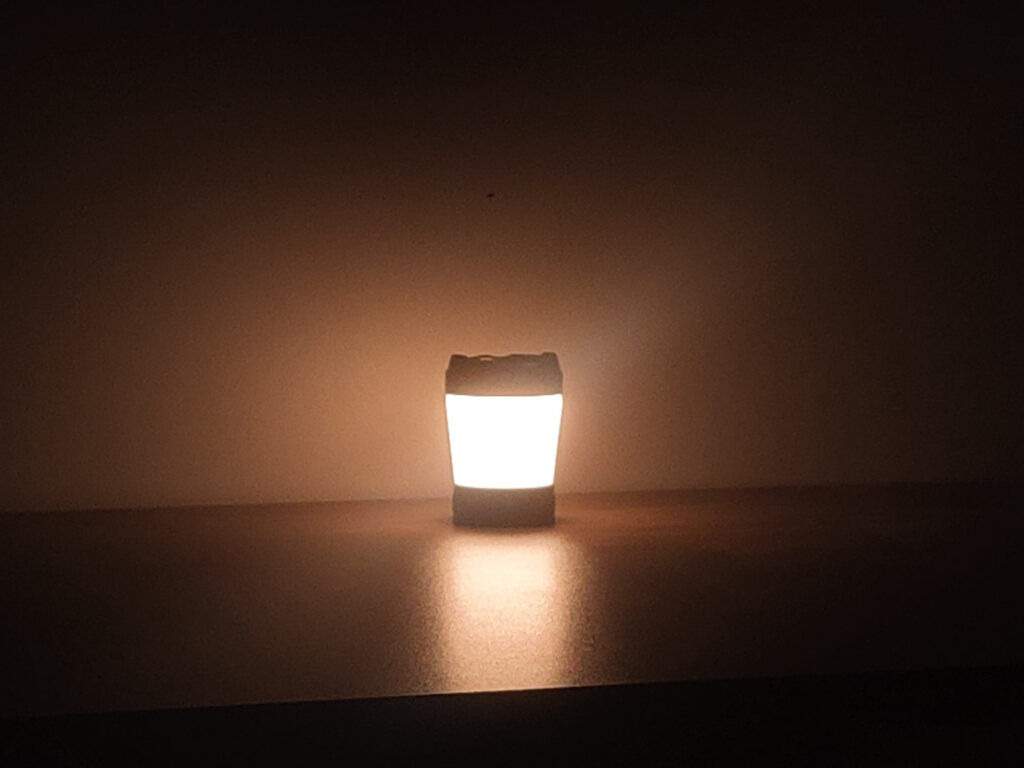
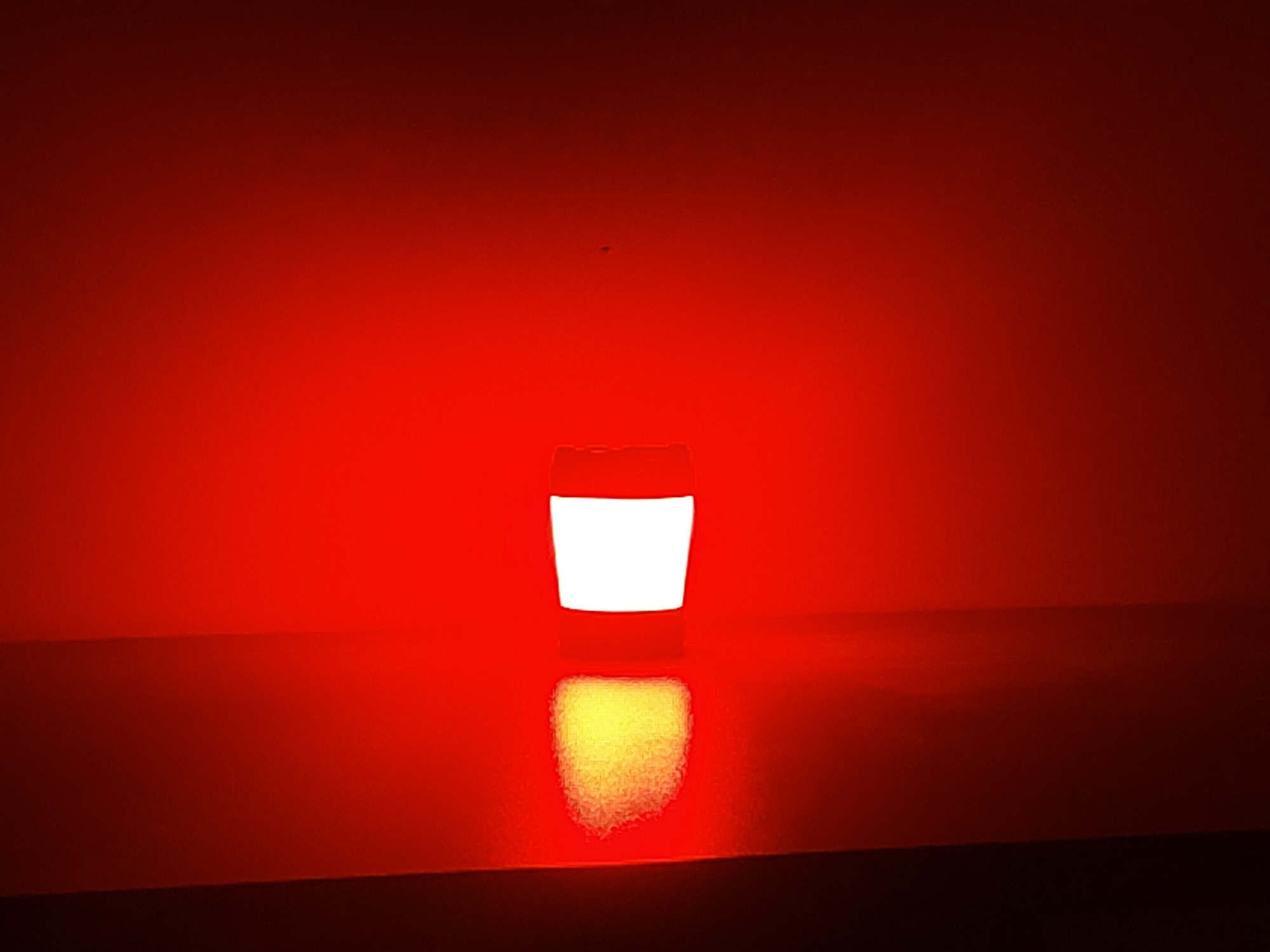
Dimensions and size comparison
Dimensions:
| Dimension | Millimeters | Inches |
|---|---|---|
| Length | 97mm | 3.8in |
| Head diameter | 68mm | 2.7in |
| Body diameter | 60mm | 2.4in |
Weight:
| Weight | Grams | Oz. |
|---|---|---|
| Without battery: | 268g | 9.5oz |
| With battery | 337g | 11.9oz |
Flashlight size comparison with its competition
For size, I will be showing you the whole family. Comparisons include the LT1s, BLF-LT1 and the LT1 mini.
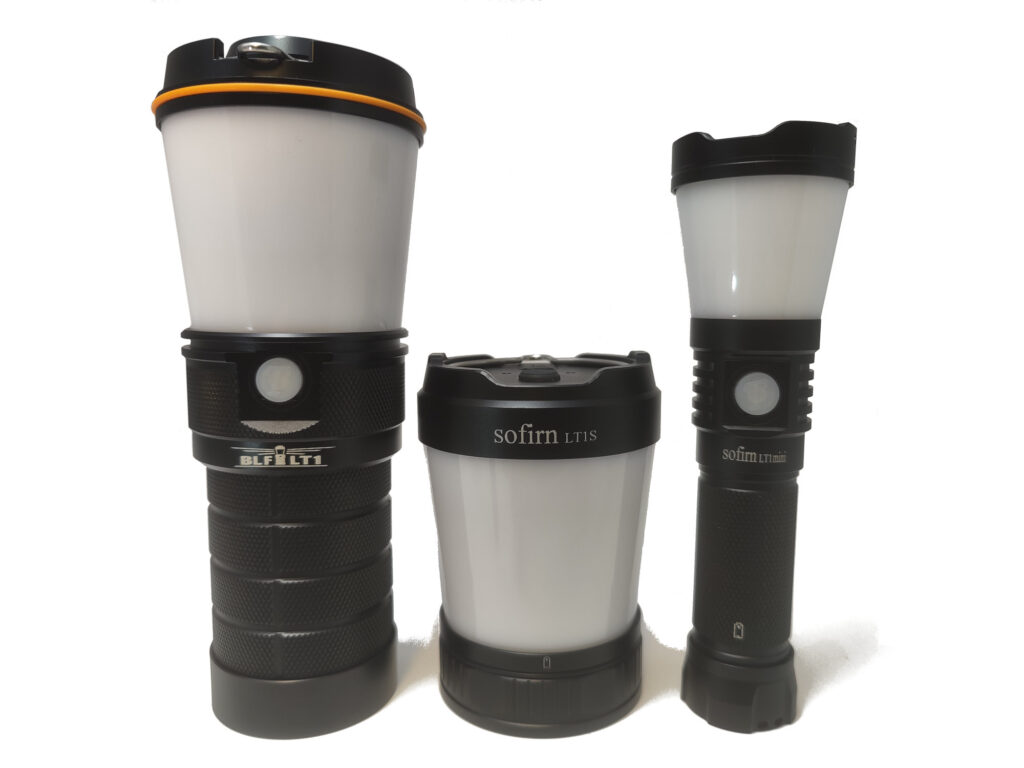
Driver & User Interface:
This is missing what (I feel) makes the LT1 so special. The Anduril 2 interface installed on the LT1 gave many options that added that something extra. Something that puts it in high regard. The LT1s on the other hand, is still quite capable and punches above its weight class with its single button proprietary UI. Frankly, this is like nothing I have ever used. A series of hold and presses in a combination of 1,2,3 or 4 times can change tints, switch channels to red, select what lights you want to use and determine if you are going to be using strobes. That is a tall order for one button. It can feel overwhelmingly convoluted in the beginning, if I am being honest. But, so can Anduril.
Available modes: Moon, Low, Medium, High, Turbo, Red Low, Red Medium, and Red High
Available blinky modes: Red Strobe and Red SOS
User interface:
From OFF:
- Press and Hold: Moonlight mode
- Press, then Hold: Tint ramp
- Single click: Last used mode
- Double click: Turbo
- 3 clicks: Activate red light
- 4 clicks: Lockout
- While in Red light mode, 1 click will return you to the previous state you were in, 2 clicks will switch between red strobe and red SOS, 3 clicks will return to white light mode and holding will cycle through low, medium and high output.
From ON:
- Press and Hold: Switch between stepped and ramped mode
- 1 click: Off
- Double click: Cycle emitters (one side, the other side, both sides)
- 3 clicks: Activate red light
- 4 clicks: Smooth/stepped ramp toggle
- etc.
Mode memory:
- The memory holds when it is shut off and will continue in its last “primary emitter” choice when turned on again.
Shortcuts:
- To Low: Press and hold
- To Turbo: 2 clicks
Low voltage warning:
- There is an indicator on the top that indicates the current state of the battery.
Strobe/blinkies
- Strobe and SOS are available in red light only. 2 Clicks will switch between the settings.
Lock-out mode:
- No lock out mode, but a quarter turn on the tail will disable the connection to the battery.
PWM
- No visible PWM
Batteries & Charging
The LT1s does include onboard charging via USB-C on the top of the light. Opening a dust cover for a charger has never been so satisfying as it is with this particular cover. It is so tight, almost every time it comes off, there is the most satisfying suction noise from breaking the vacuum seal created. The onboard charging system is rated at 3 amps, however the most I saw was 2.52 and while this isn’t slow, it was still short of the specifications. The capacity tested out to 3714mah in size, and the packaging specs it to be 4000mah. This took 2 hrs and 52 minutes using the included USB-C cable and a power brick capable of 65W.

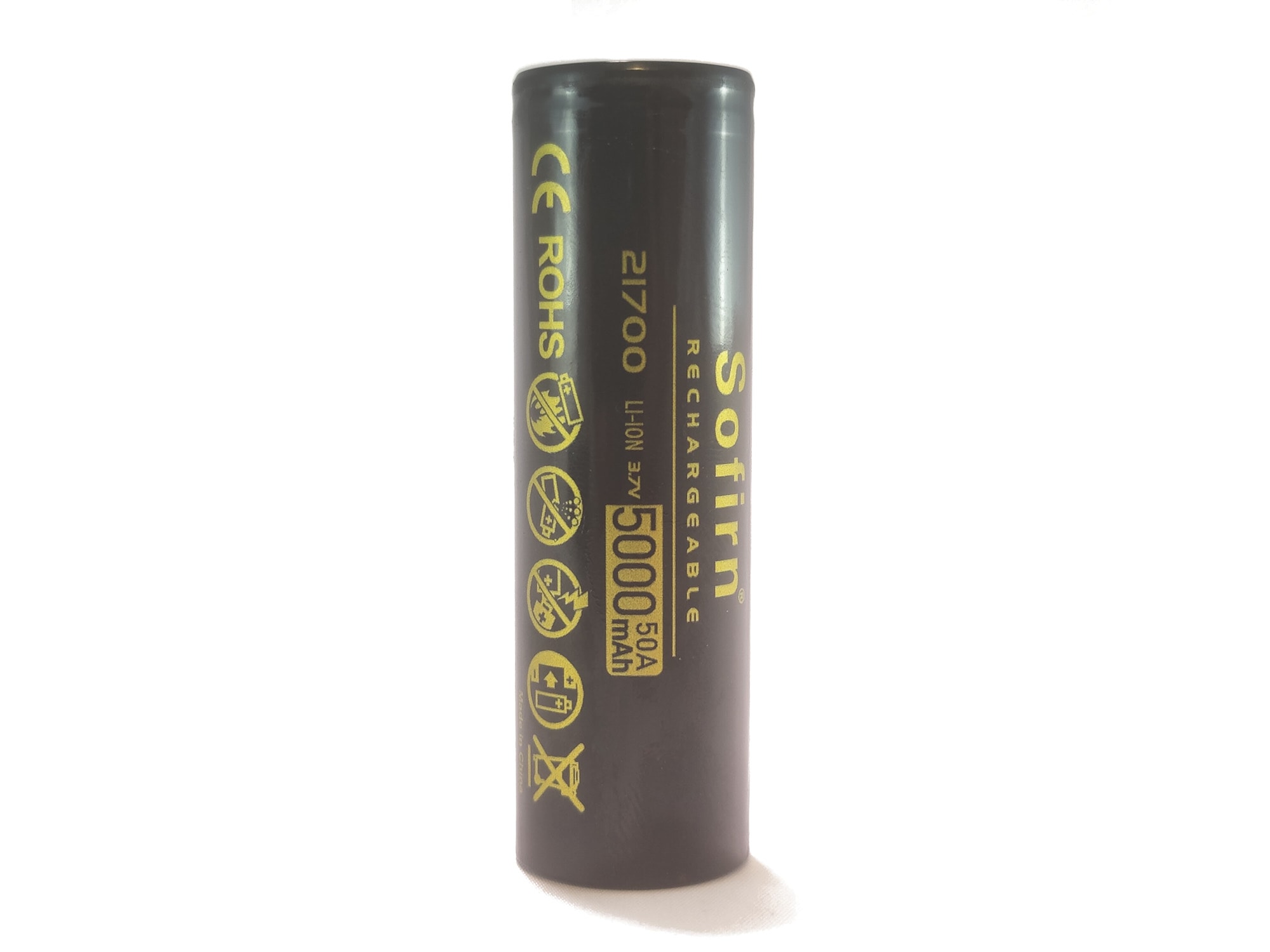
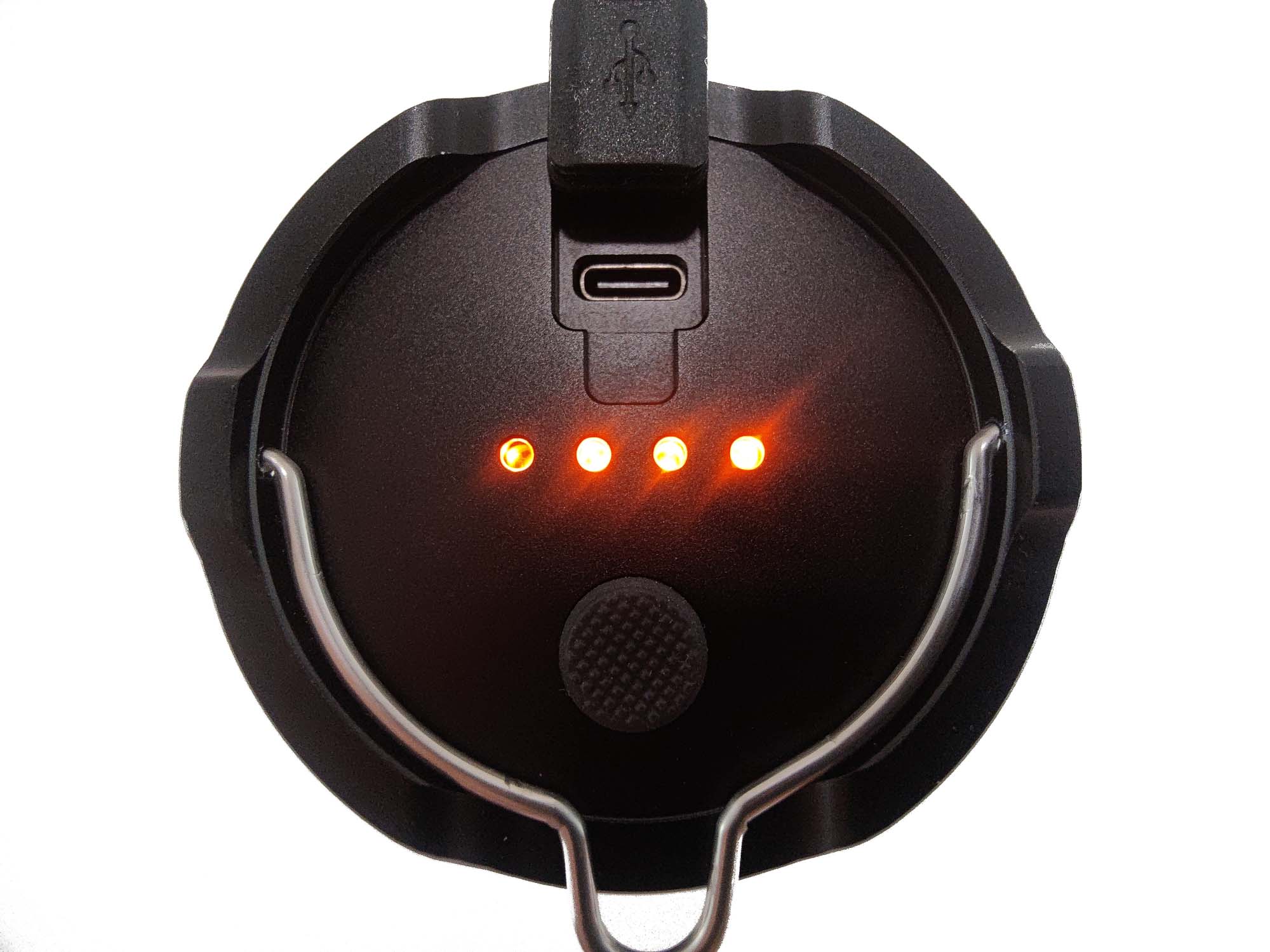
Performance test
Performance measurements were taken using a custom integrating sphere as well as an ExTech SDL400 Datalogging Lux Meter. My numbers were then compared to a known light source and calculated according to that. Lanterns are always a particular challenge due to the radial pattern of the light output as well as making sure all of the light is captured by the sensor. We do our best and feel this is as accurate as can be expected. All things considered and calibrations in place, the LT1s got remarkably close to its claims at 512 lumens on immediate turn on and only dropped by 2 lumens over 30 seconds. I mean, at the ten-minute mark, it was only down by 5 lumens from spec! It is nice when a driver is not pushed to its extremes with current and you are able to have good sustainment for a long period of time. No temperature regulation kicking in and trying to cool things down makes it easy for output and keeps it cool in your hands as well. That, my friends, is a win.
Lumen measurements
| Mode | Specs | turn on | 30 sec | 10 minutes |
|---|---|---|---|---|
| Moon | 1lm | 3lm | 3lm | 3lm |
| Low | 10lm | 15lm | 15lm | 15lm |
| Medium | 50lm | 59lm | 59lm | 59lm |
| High | 150lm | 165lm | 165lm | 164lm |
| Turbo | 500lm | 512lm | 510lm | 495lm |
Battery Life: Runtime graphs
For moon and low, the specified runtime is vastly longer than 24 hours, so I stopped at the 24 hour mark with no drop outperformance in the slightest. For Medium, High and Turbo, they all lasted much longer than they were supposed to. There is a major upside to having low temperatures.
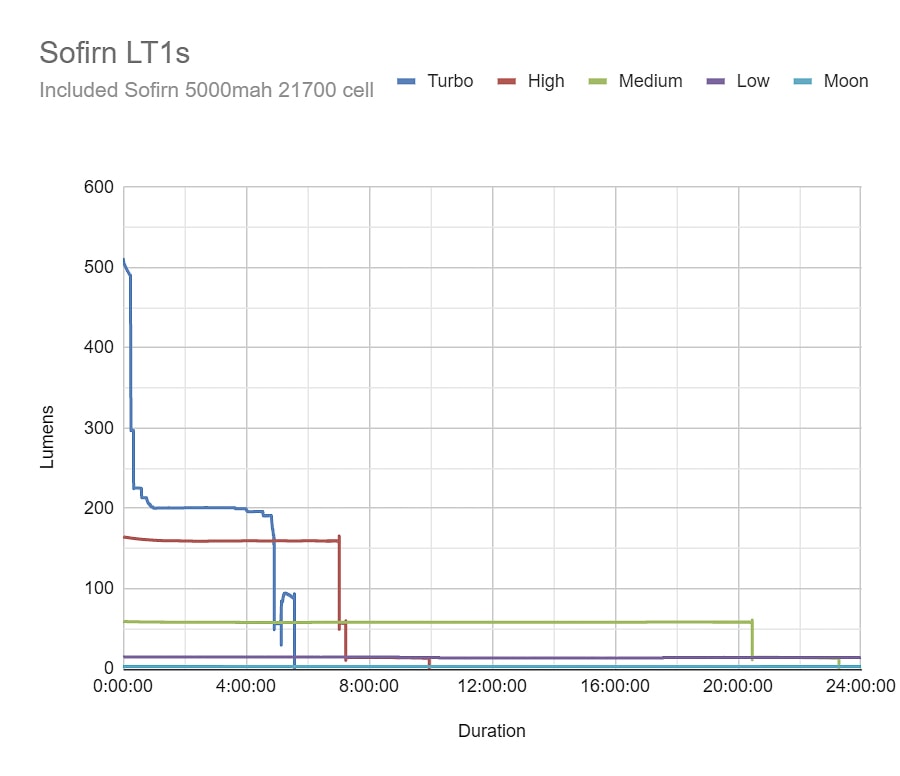
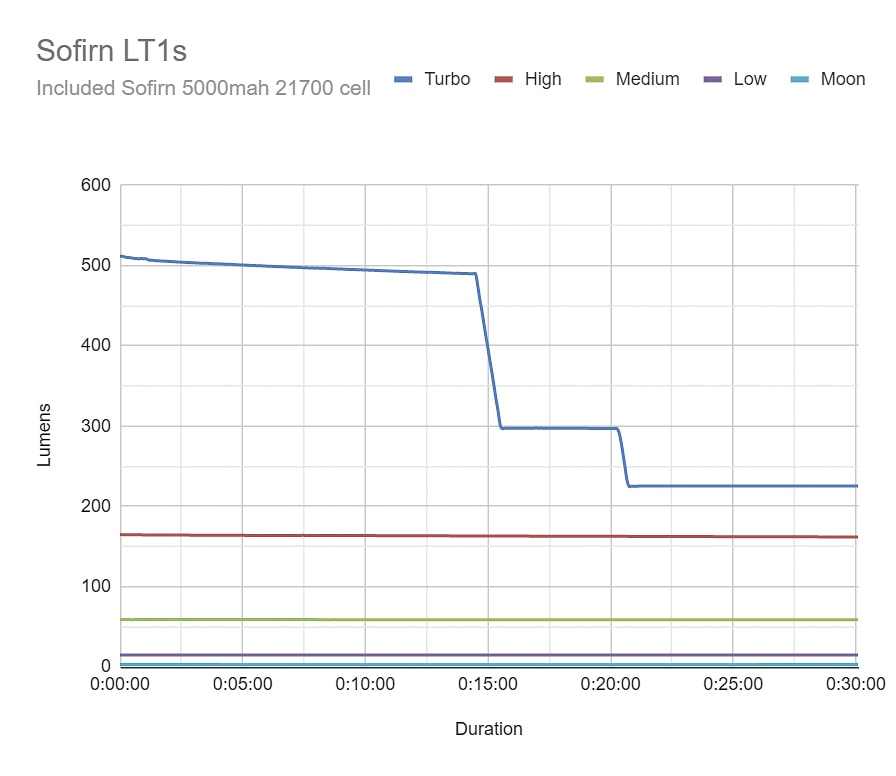
| Mode | Specified | Measured runtime (ANSI) | Time till shut off |
|---|---|---|---|
| Moon | 555h | 24h+ | 24h+ |
| Low | 90h 3min | 24h+ | 24h+ |
| Med | 18h | 23h 17min | 23h 17min |
| High | 6h | 7h 15min | 9h 57min |
| Turbo* | 2h 20min | 5h 35min | 5h 35min |
The LT1s isn’t going to be blindingly bright in any situation. It is designed to immerse a room in light instead of making it so bright that people are forced to leave. 500 Lumens is more than enough for that. In limiting the output of the light, the sustained output is able to keep going, and going and going (I am getting Energizer Bunny vibes right now). The Turbo output was specified to be 2 hours and 20 minutes, but the light plateau that it hits is still well above the 10 percent ANSI cutoff.
ANSI FL1 standards: The runtime is measured until the light drops to 10% of its initial output (30 seconds after turning on). This does not mean that the flashlight is not usable anymore. The last column shows how long the light actually works till it shuts off. If there is a + symbol, it means that the test was stopped at that particular point, but the light was actually still running. This happens on certain occasions, with certain drivers, firmware, or batteries.
Peak beam intensity and beam distance measurements
All throw measurements were taken using a Uni-T UT383 digital light meter at 5 meters
Because of the radial light from the LT1s, I felt comfortable having the light sit 5 meters from the Image sensor.
| Mode | Specs | Candela measured | Meters | Yards |
|---|---|---|---|---|
| Moon | N/A | 1cd | 2m | 2.2y |
| Low | N/A | 3cd | 3.4m | 3.7y |
| Medium | N/A | 12cd | 6.8m | 7.4y |
| High | N/A | 33cd | 11.4m | 12.5y |
| Turbo | 81 cd* | 102cd | 20.1m | 22y |
*Max (Turbo) spec numbers were reverse engineered from the throw readings given by the manufacturer.
Extra info: Peak beam distance according to ANSI FL1 standards: The calculated value of distance in meters at which the flashlight produces a light intensity of 0.25 lux. (0.25 lux is about the brightness of a full moon shining on an object). Columns for Meters and Yards show rounded numbers.
Beamshots
Photos were taken using a Panasonic Lumix g7 set at ISO 200 and shutter 1/60. Unfortunately, the smaller image sensor doesn’t play well with low light levels, but I tried to stay consistent. Instead of beamshots, I tried to take some telling brightness shots of the output.
Beamshots of the following flashlights compared:
- Sofirn LT1s
- Sofirn BLF-LT1
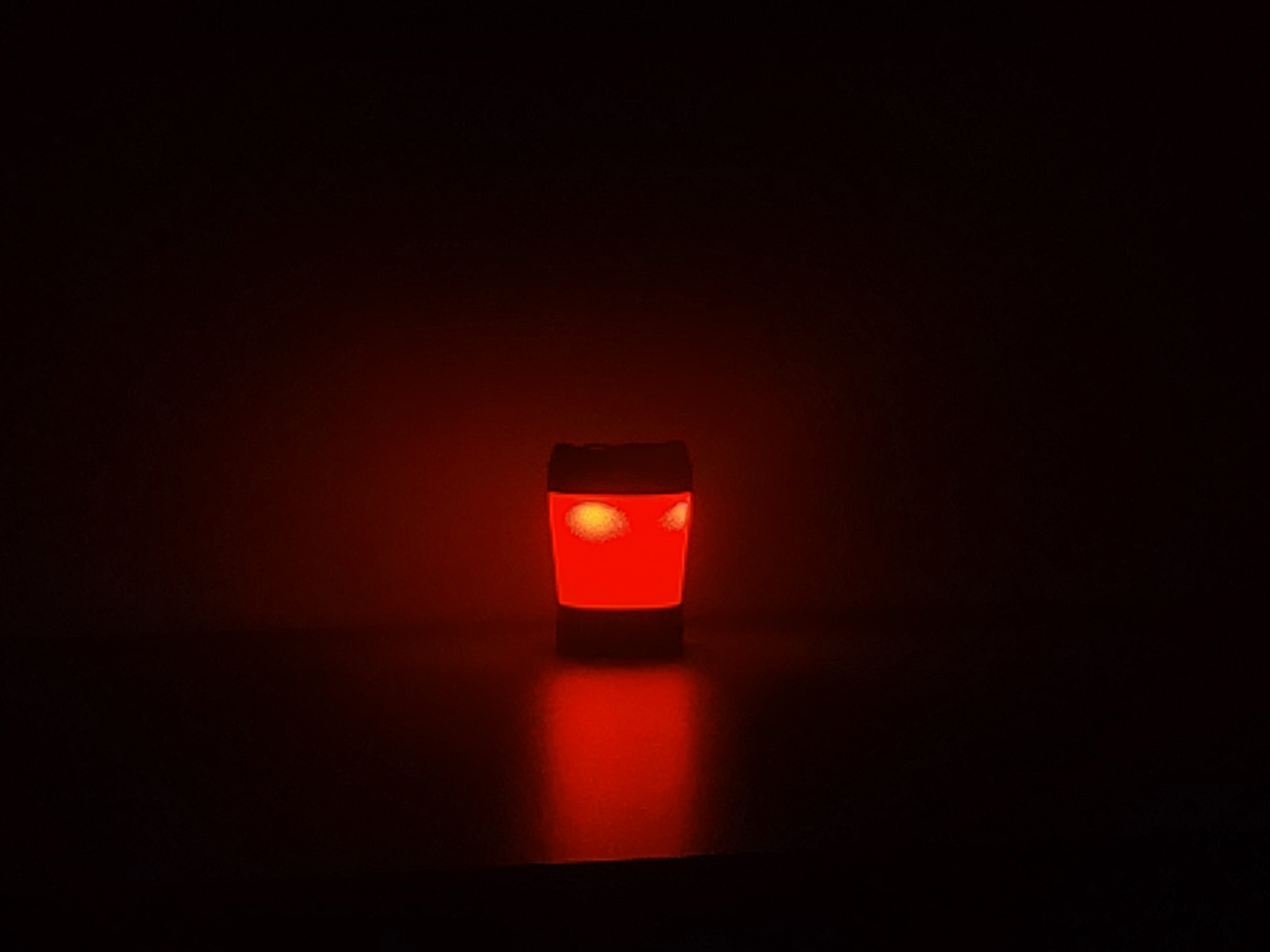
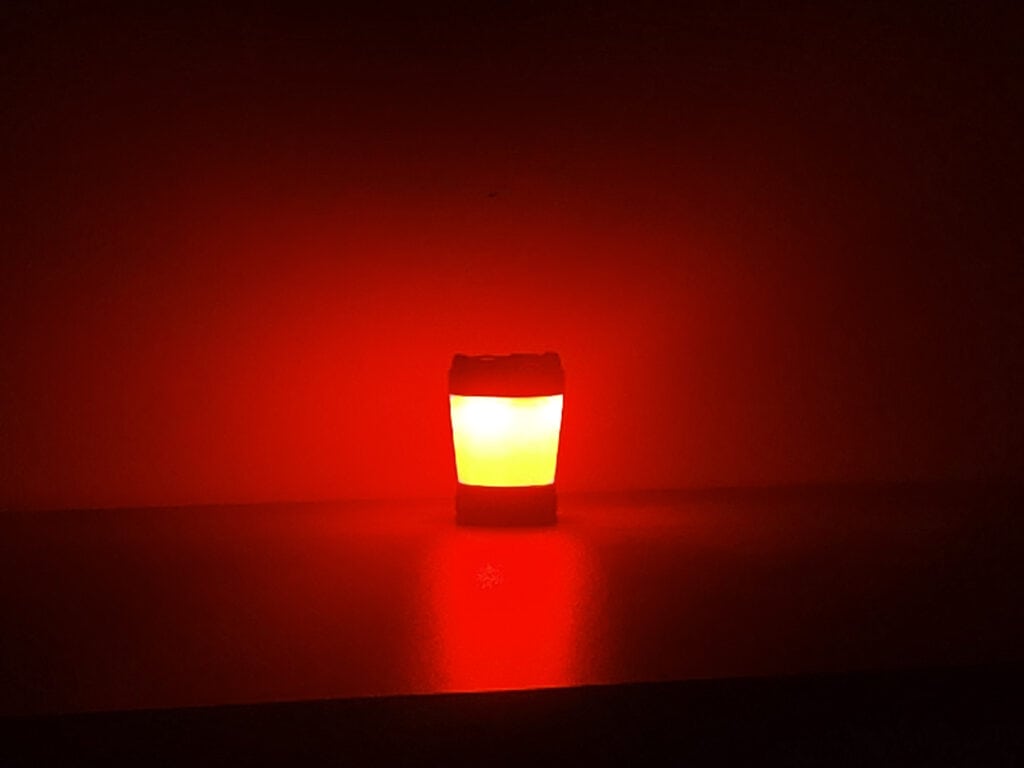

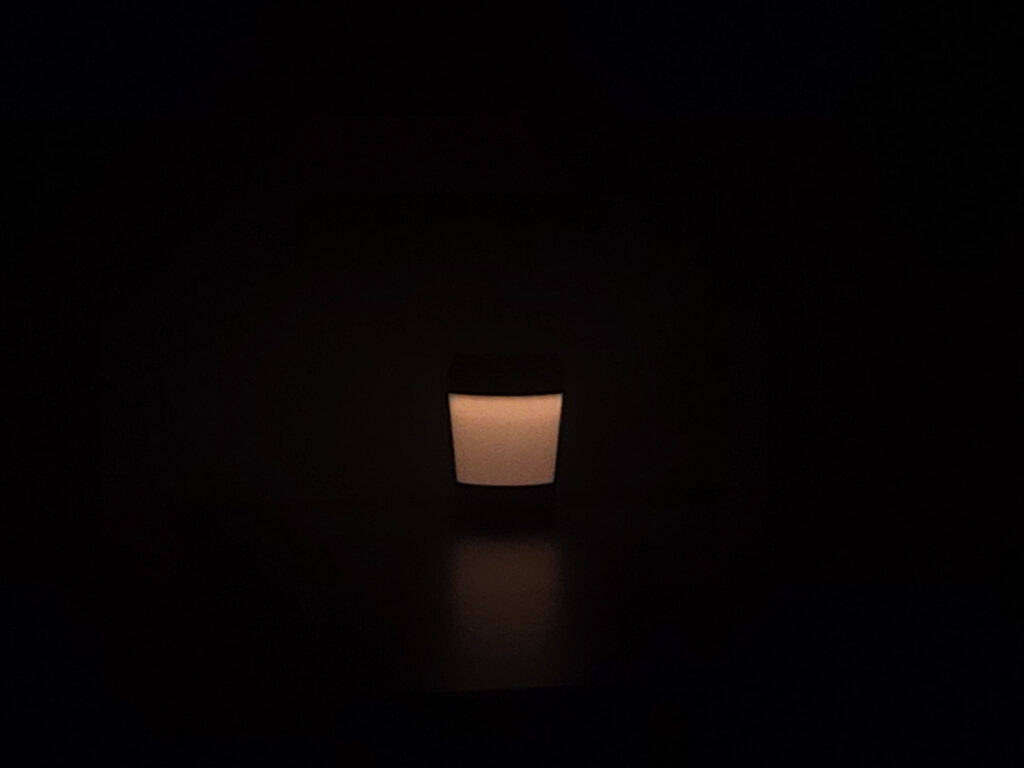
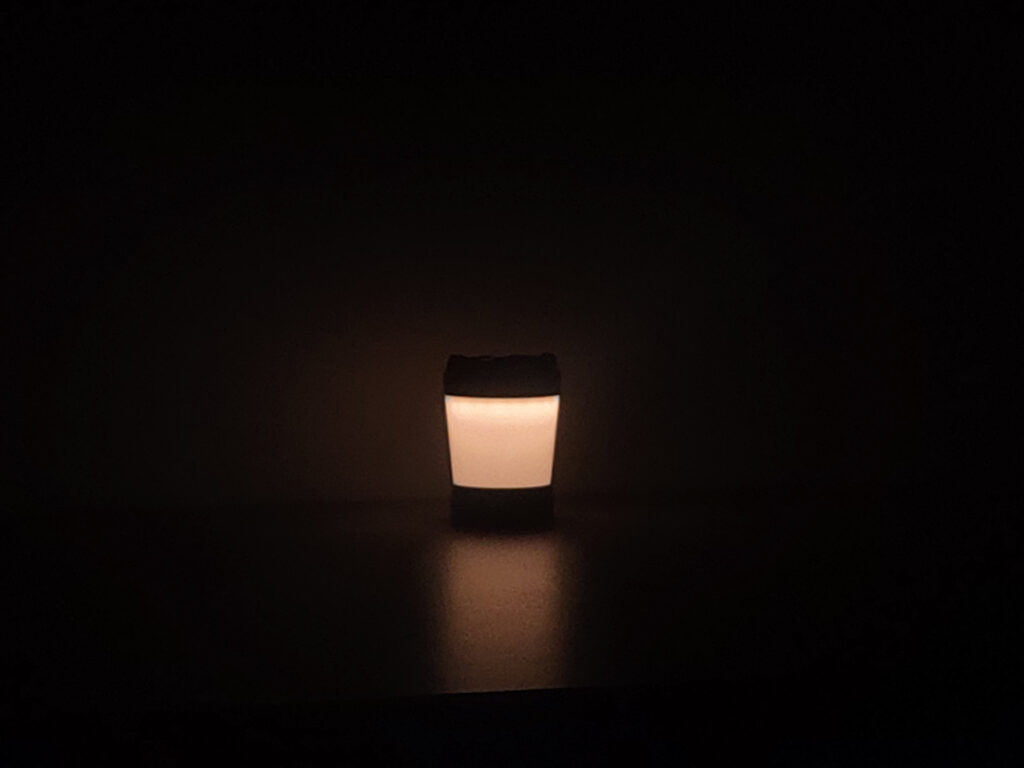
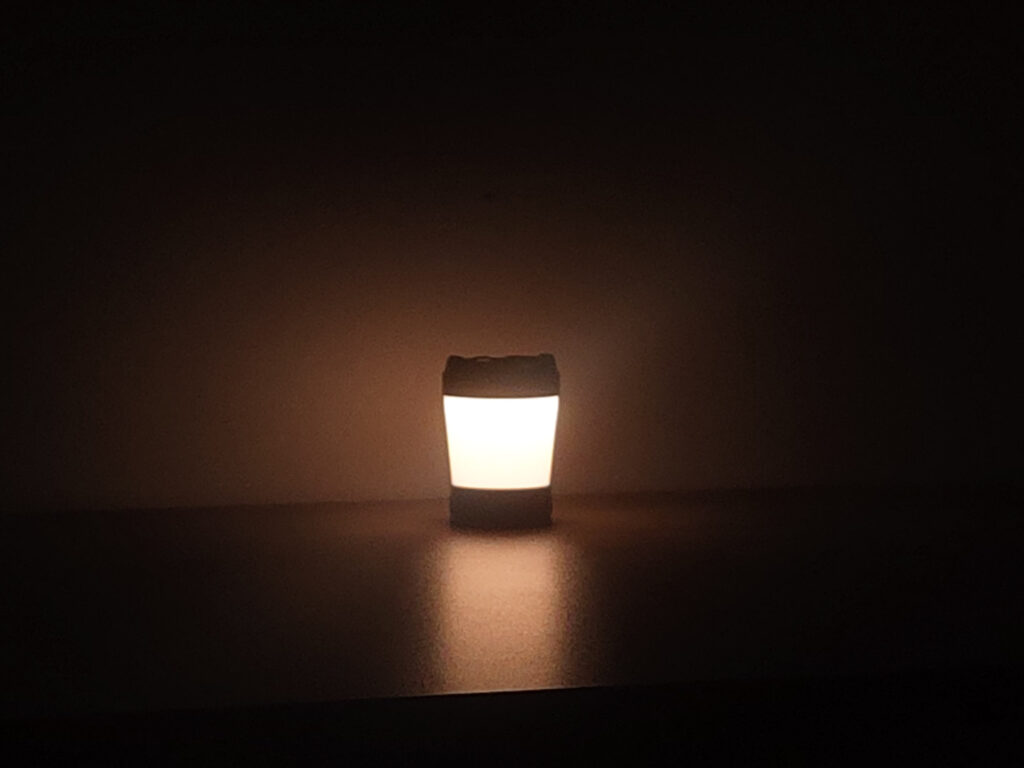

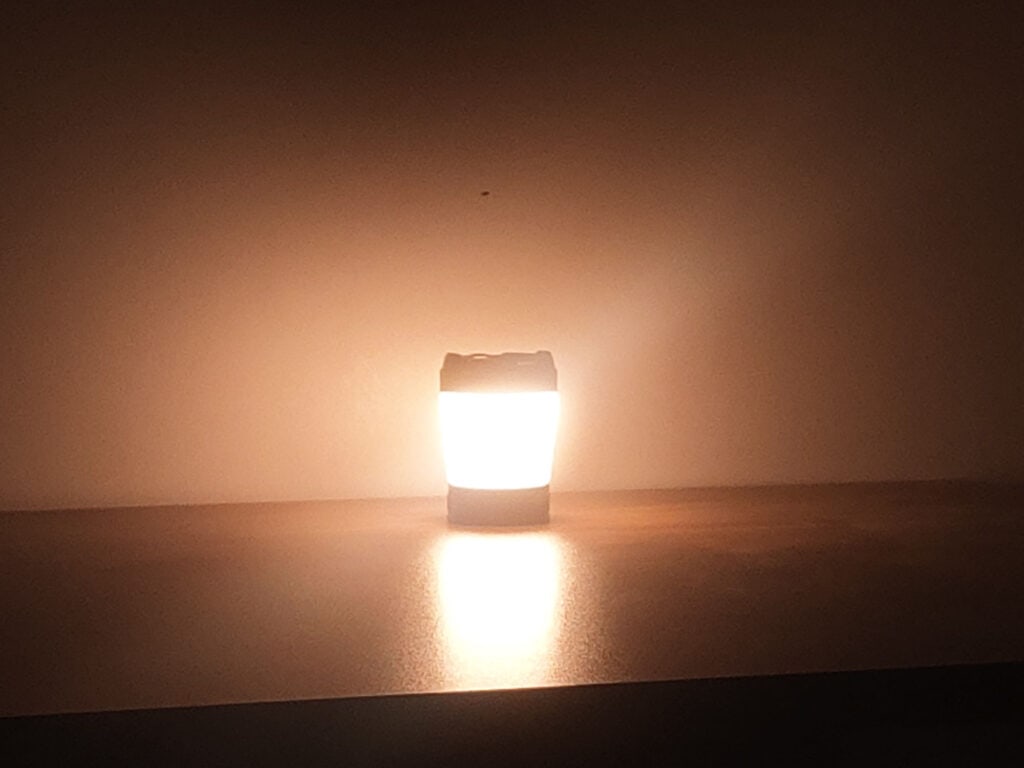
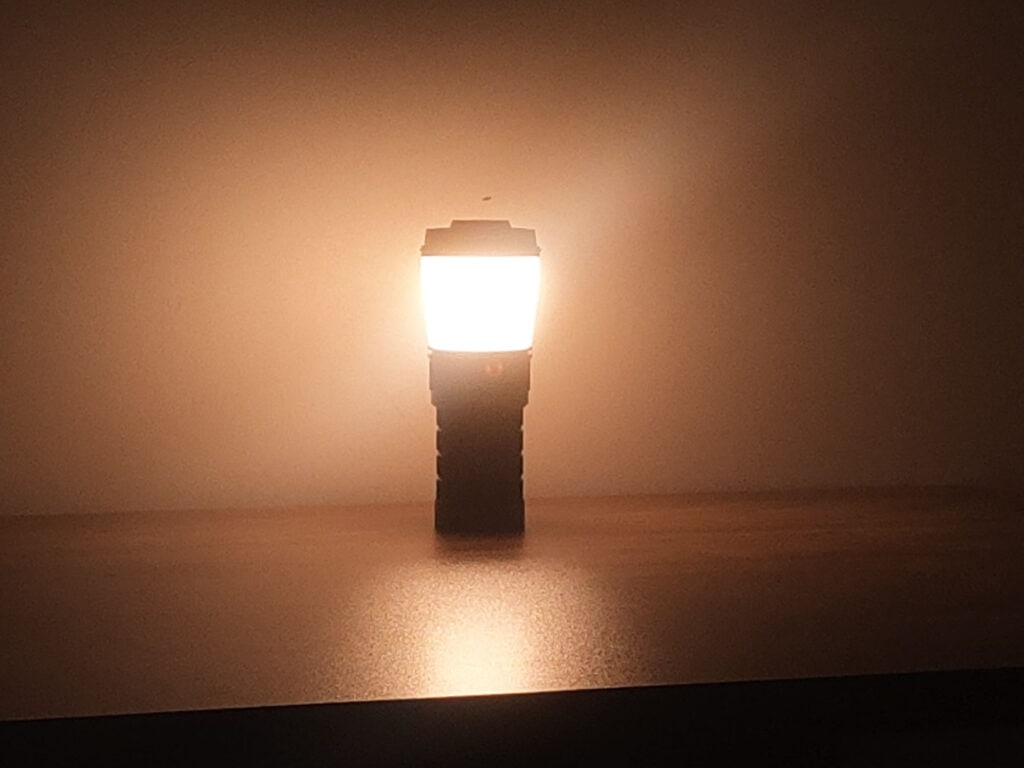
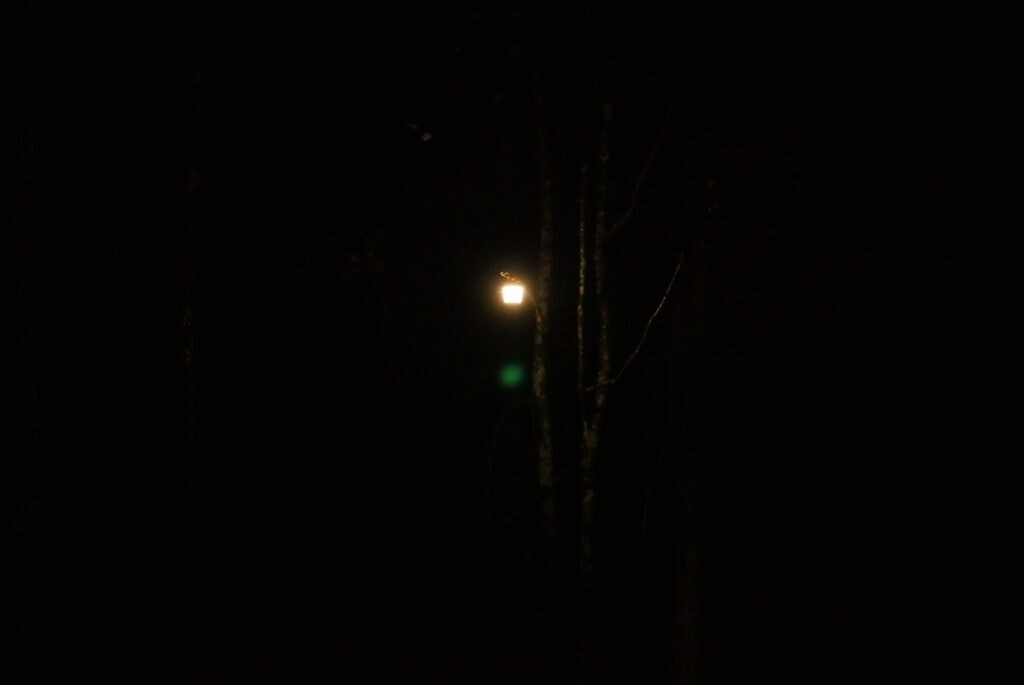
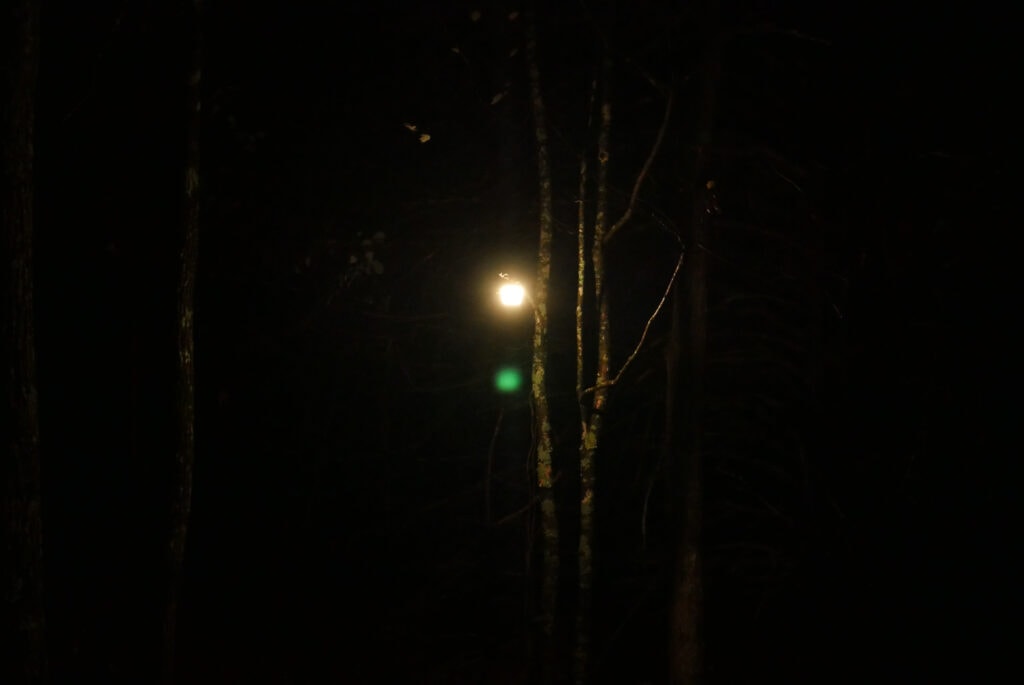
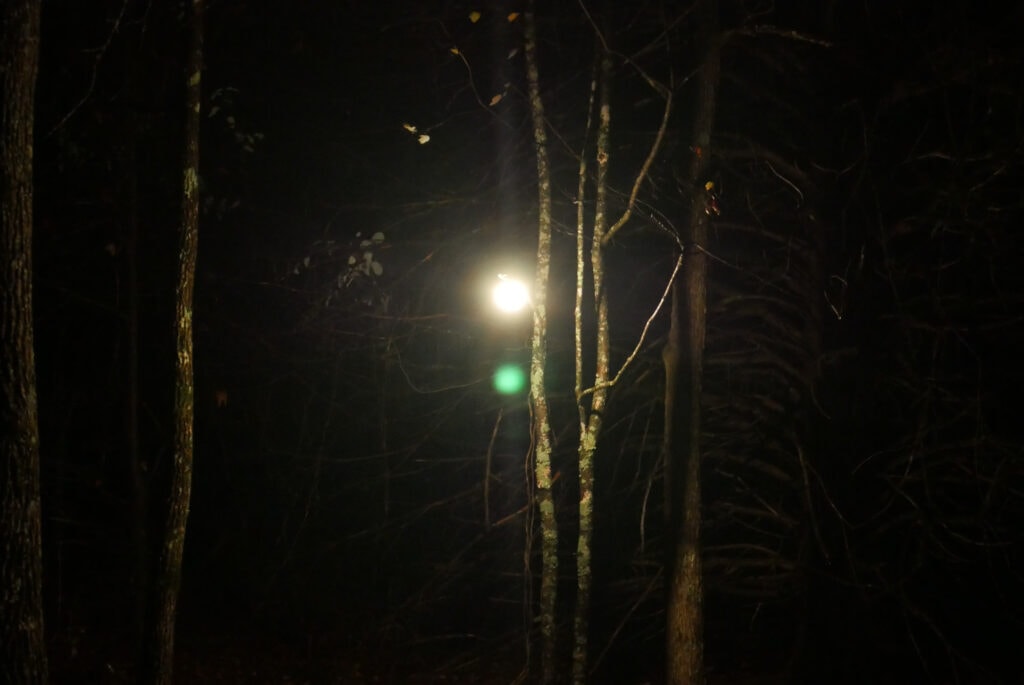
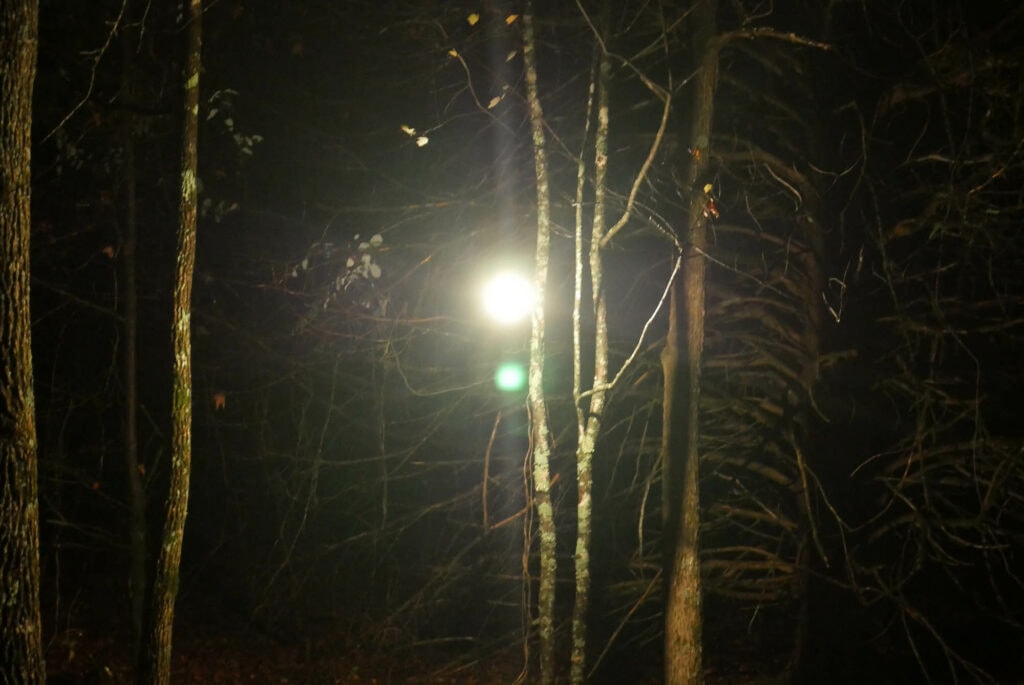
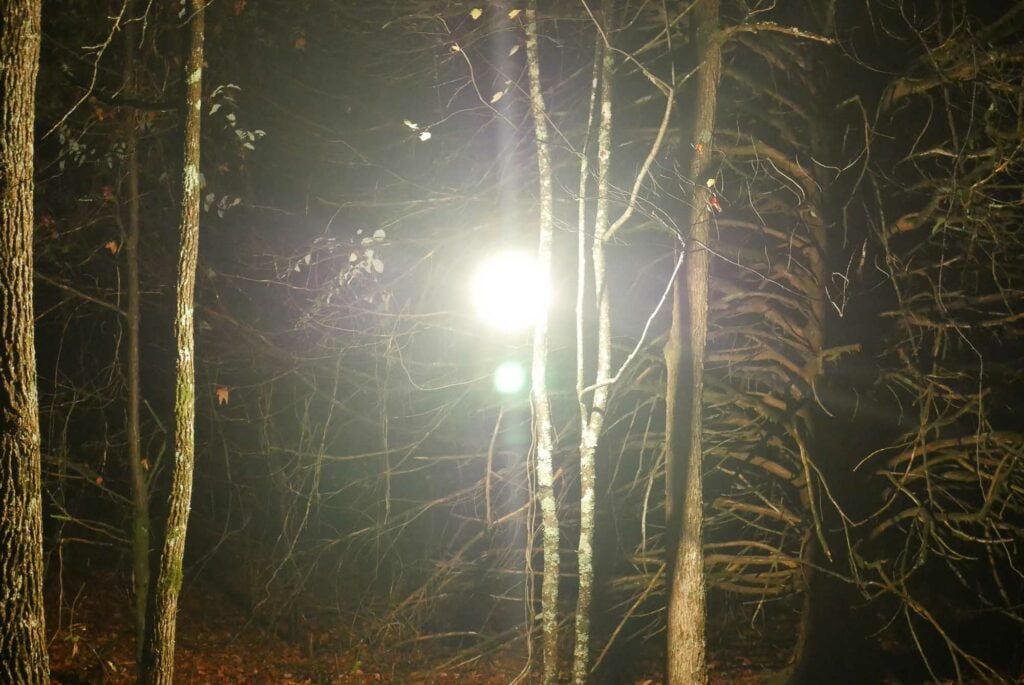
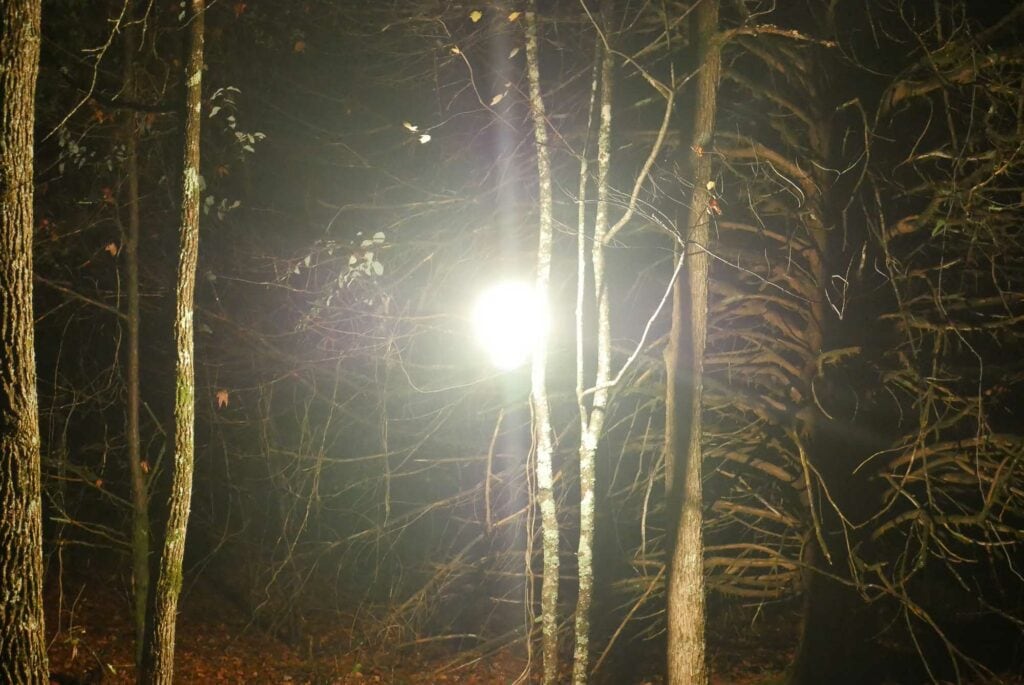

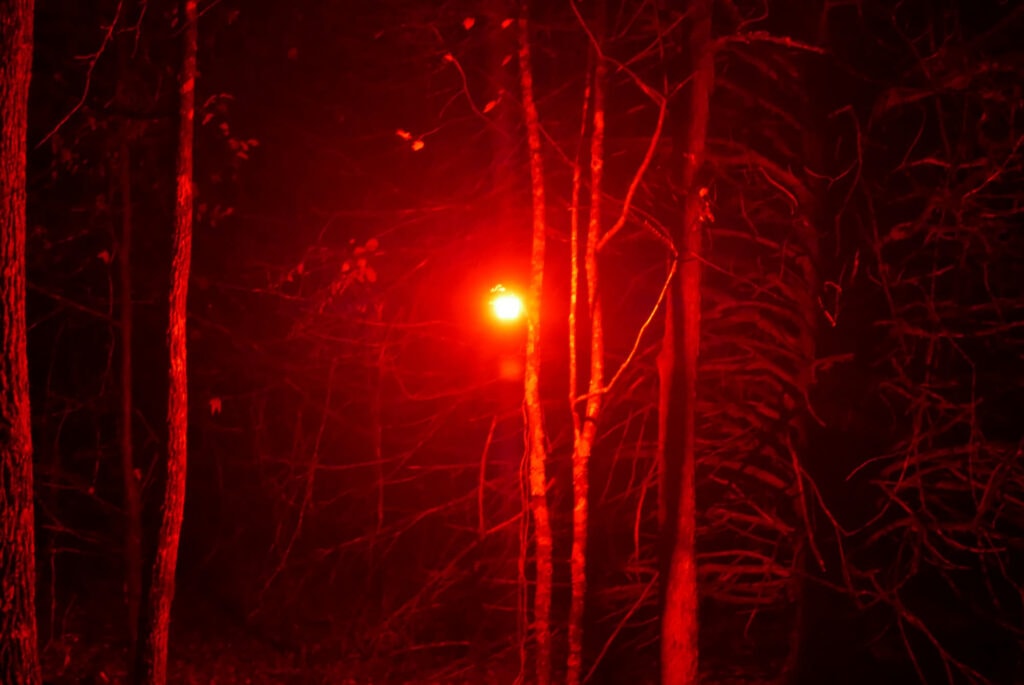

Disclaimer: This flashlight was sent to me for review at no cost by Sofirn. I have not been paid to review, nor have I been holding back on problems or defects.
Final Verdict
Pros
- Amazing runtime
- Tint and channel switching
- Much more carry friendly than the LT1
Cons
- Proprietary UI
- Cannot mount to tripod
Explanation on star ratings:
1: Avoid: a match would be a better choice – 2: Poor: significant defect or issues; almost unusable – 3: Average: some defects or issues; but still usable 4: Good: recommended (minor issues) – 5: Great: highly recommended

4.5 stars: ★★★★⋆
I started this review directly comparing the LT1s to its larger kin, the BLF-LT1. Initially, I thought that the direct dismissal of Anduril was going to be its downfall. While Anduril is great, the simplicity of use in the compact size gives you something you can easily slide into any situation in which you might need just a little bit of light. The lumen output exceeds spec and the runtime significantly exceeds what we’re told to expect and the LT1s inspires confidence that it will just keep ticking in any situation. I came in comparing the LT1 to the champ and I was surprised at just how well this underdog performs. For this, the LT1s is definitely deserving of 4.5 stars
Buy Sofirn LT1s here
1lumen selects and reviews products personally. We may earn affiliate commissions through our links, which help support our testing.